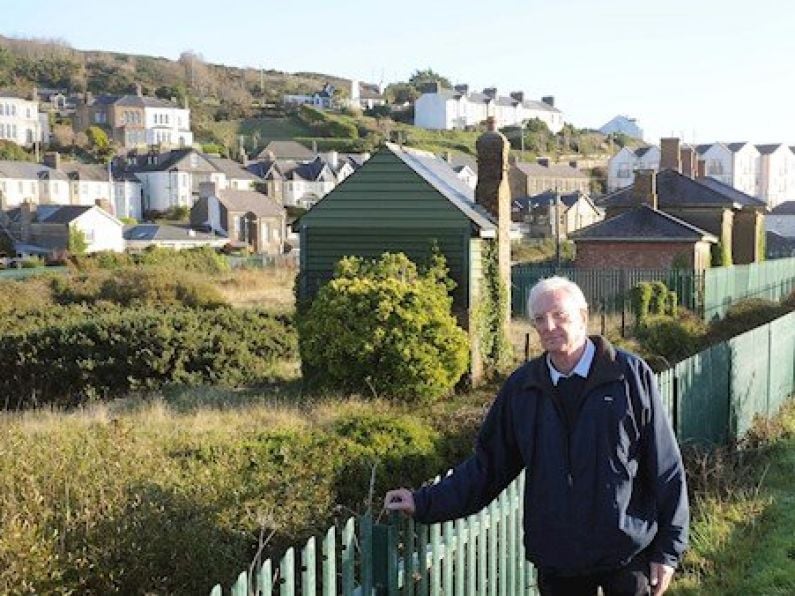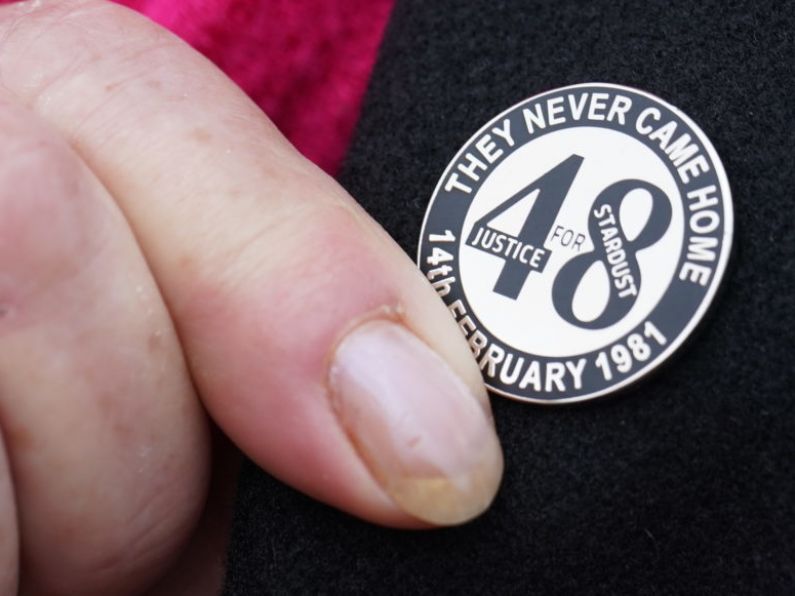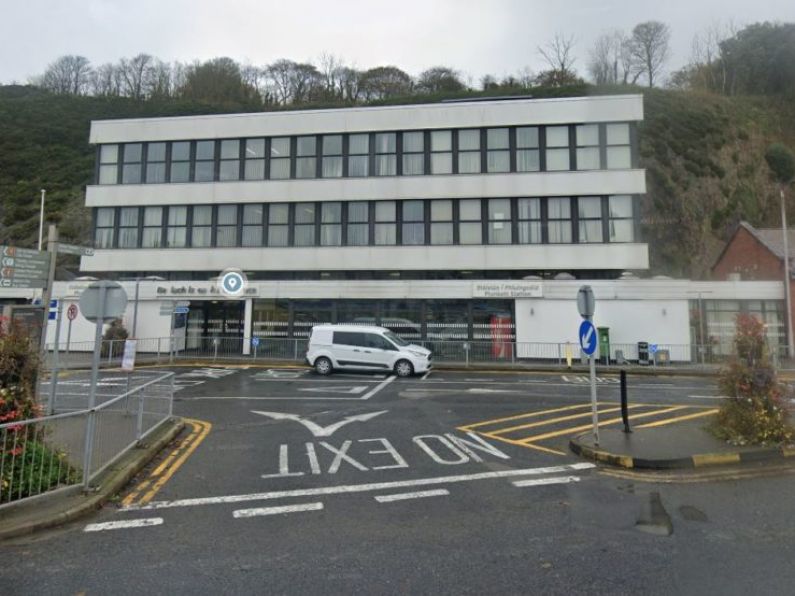Draft plans by Cork County Council to convert a disused railway line into a greenway would be “the most strategically senseless action ever carried out” by the local authority.
The claim is being made in a submission to the county council on its proposals to reinvent the single track railway line between Youghal and Midleton.
Liam Burke, a retired teacher and former member of Youghal Town Council for 20 years, representing the Green Party, insists the potential to restore the 23km route as a rail link should be retained instead.
The closing date for submissions to County Hall in a public consultation process on the proposed greenway is Tuesday, October 30.
In his submission, Mr Burke notes: “Youghal is within the internationally recognised 45-minute rail commuting distance from Cork.
“And given the outstanding performance of Cork-Cobh (908,000 passenger journeys, 2017) and Cork-Midleton (413,000 passenger journeys), one would imagine a firm recommendation being made for reopening the Midleton-Youghal line.”
Mr Burke cites Cork-Midleton, Ennis-Limerick, and Athenry-Ennis as just three examples of rail lines that were “emphatically” closed but later reopened “due to unanticipated increases in commuter mobility and traffic congestion”.
He believes the greenway proposal contradicts at least three reputable transportation studies since 2000.
They include Iarnrod Éireann’s Strategic Review of the Cork Suburban Rail Network in 2000. Its qualitative ranking of six options ranked Midleton-Youghal reopening as second option.
A 2002 Cork suburban rail feasibility study remarked of the rail line that “the potential would exist to extend the route from Midleton to Youghal in the future.”Against that background, Mr Burke says abandoning the option “represents short-term, visionless thinking and a complete absence of strategic forward planning for the sake of having a quick-fix greenway on land in public ownership”.
Mr Burke insists a restored rail service would reduce pollution that a projected increase in population and car ownership would bring and contribute to “Ireland’s obligation to reduce its carbon emissions”.
With the seaside resort increasingly a post-industrial satellite town for industrialised Cork and Carrigtwohill, he sees the ever-increasing traffic on the N25 as furthering his argument.
The rail line had opened as a Cork-Youghal service in 1860. Daily passenger services ceased in 1963, with goods traffic ending in 1981 and the final passenger excursion departing in 1987.
Operating as a single track with a turntable, the line was never formally closed: it simply fell into disuse.
Mr Burke accepts that constructing greenways on some abandoned rail lines has merit.
In his submission, he contends that the Youghal-Midleton line “has always retained the possibility of being restored, and for good reason”.
While Youghal’s history overflows with images of trains disgorging thousands of visitors at Youghal strand, the ex-teacher is motivated not by nostalgia but by future projections.
Locally, pro-greenway advocates outline the phenomenally successful Waterford greenway as proof of their pursuit but Mr Burke feels the east Cork equivalent has far less potential.
“Waterford has a tunnel, bridges, viaducts, and magnificent coastal scenery”, he surmises.
“The scenic quality along Midleton-Youghal is nil.
“It has no outstanding natural or man-made feature, just flat, featureless farmland or hazardous marsh, with its attendant dangers.”
He is sceptical that visitors to the route will find much enthralment with “farmers’ boundary ditches” which, he argues, will undermine “the greenway’s potential to attract tourists through any reputational value”.
On that ground alone, he says, “the proposed route fails the high ‘scenic quality’ funding criterion laid down by the Department of Trade Tourism and Sport”.
The plan also envisages a 2.6km boardwalk across the adjacent wildlife preservation area of Ballyvergan Marsh.
“Have they considered the inherent dangers,” asks Mr Burke, “with quagmires, drainage channels, and hidden pools of water — not to mention inaccessibility for emergency services?”
Cork County Council says the route will be leased long-term from CIE, with the transport company retaining the option of reverting to rail at any time.
Mr Burke views that provision as “mere spin”, and that the greenway will “end forever any possibility of the rail link returning”.
He says similar situations in Britain have proved “politically impossible” as greenway and railway have remained mutually exclusive.
As an alternative attraction, the former councillor suggested extending the Youghal eco boardwalk at Claycastle along a 15km coastal route, past Pilmore and Ballymacoda to Knockadoon.
“With appropriate funding ‘the longest boardwalk in Ireland’ would be an amenity of outstanding coastal scenery and of regional importance, while the vital infrastructural asset of the railway line would be preserved,” he says.
By Christy Parker - Irish Examiner












